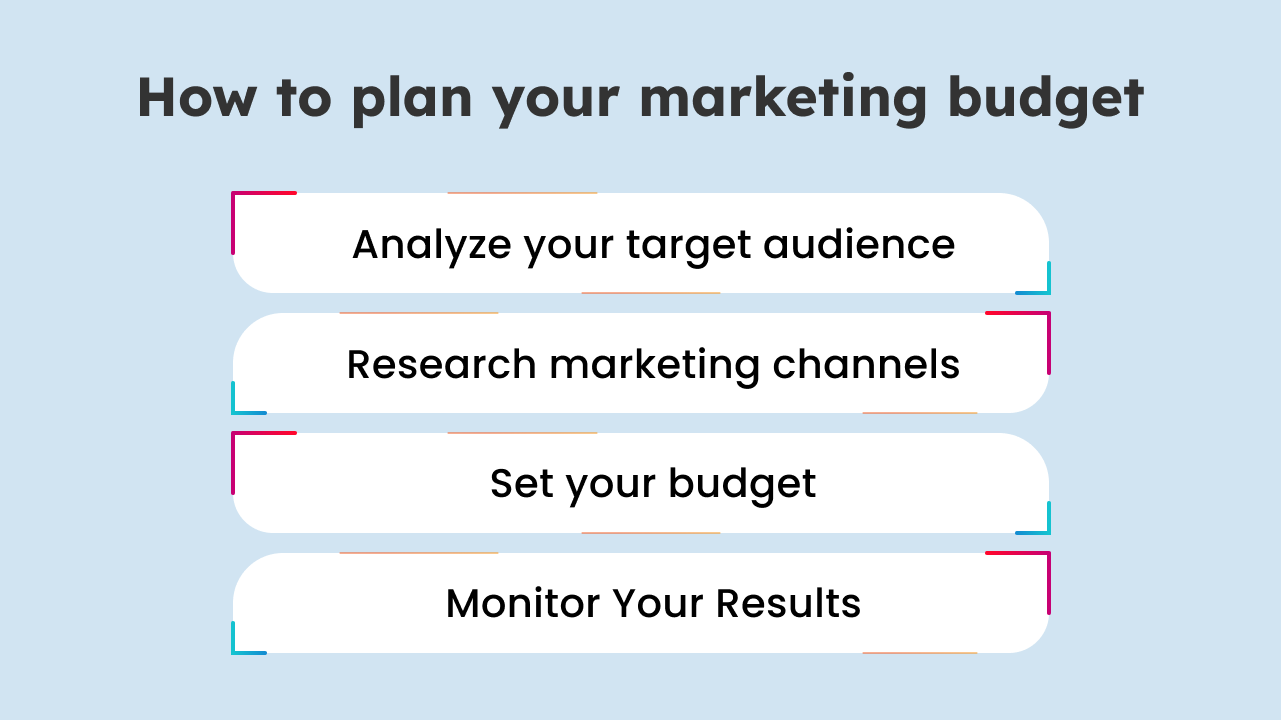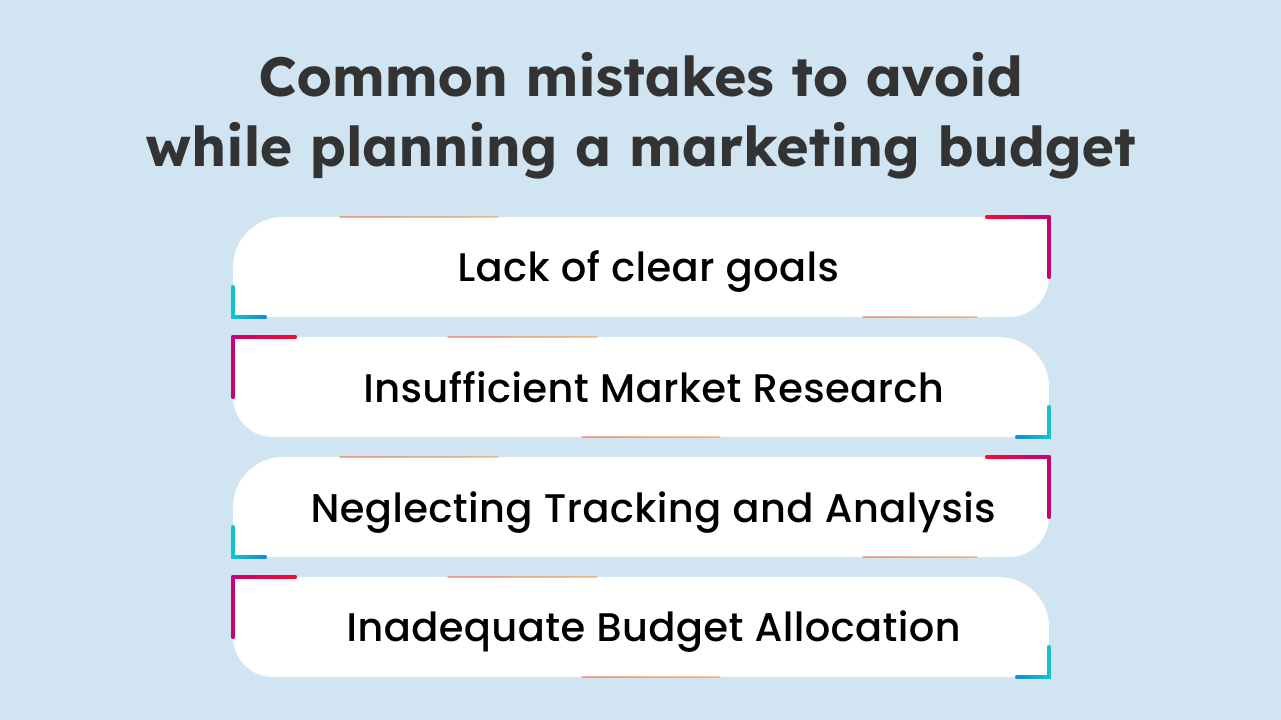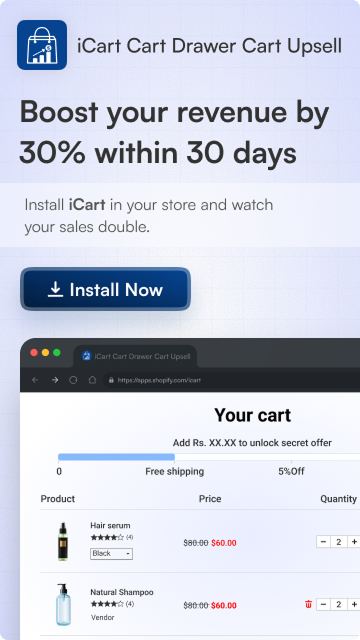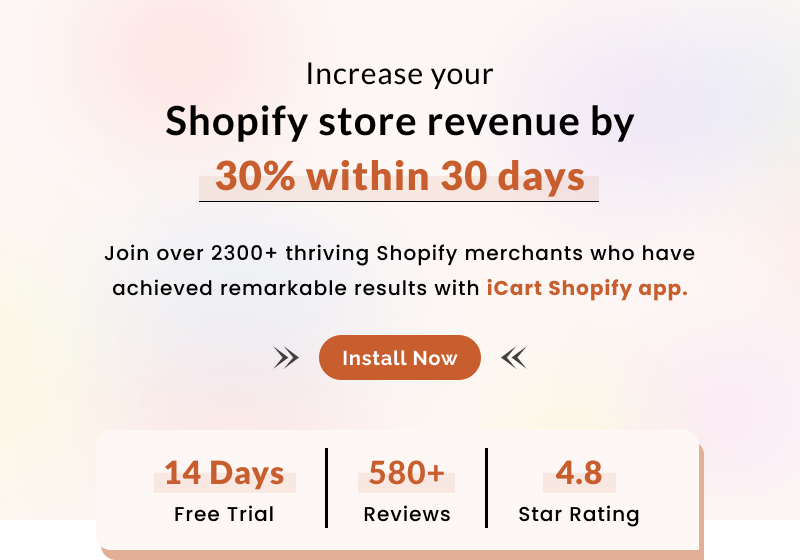Running a successful Shopify store requires more than just a great product and a stunning website. It also requires strategic marketing efforts to attract and engage your target audience. However, when it comes to allocating your resources, one crucial aspect often leaves entrepreneurs scratching their heads: the marketing budget.
In this comprehensive guide, we will walk you through the process of planning a marketing budget specifically tailored to your Shopify store.
Whether you’re a seasoned entrepreneur or just starting your Shopify journey, this guide aims to equip you with the knowledge and tools needed to develop a marketing budget that aligns with your goals and drives measurable results. By taking a strategic approach to budget planning, you can make informed decisions and invest your resources wisely, ultimately propelling your Shopify store to new heights of success.
Secrets to Craft a Winning Marketing Budget for Your Shopify Store!
Analyze your target audience
Once you have defined your goals, the next step is to analyze your target audience. Who are your ideal customers? What are their interests, needs, and pain points? Understanding your target audience will help you create marketing campaigns that resonate with them and generate more leads and sales.
Research marketing channels
The next step in planning your marketing budget is to research the marketing channels available to you. Some of the most popular marketing channels for Shopify stores include social media advertising, email marketing, retargeting ads, content marketing, search engine optimization (SEO), and pay-per-click (PPC) advertising. Research each of these channels determine which ones will be the most effective in reaching your target audience and achieving your goals.
Set your budget
Once you have defined your goals, analyzed your target audience, and researched your marketing channels, it’s time to set your budget. Determine how much money you can afford to spend on marketing each month and allocate it to the different marketing channels based on their expected ROI. Using cost management software can help track and adjust your spending more efficiently across all campaigns.
Monitor your results
Finally, it’s important to monitor your marketing results regularly. Keep track of your website traffic, conversion rates, and sales to see which marketing channels are driving the best results. Use this information to adjust your marketing budget and optimize your campaigns for maximum ROI.
Why Your Marketing Budget Isn’t Delivering Results (and How to Fix It)
A well-planned marketing budget is key to driving growth, but it often falls short due to common mistakes. Skipping research, unclear goals, and neglecting tracking are some reasons your efforts may not yield results. To make your budget work, focus on setting clear objectives, understanding your market, and monitoring performance effectively.
1. Lack of clear goals
one of the most common mistakes is failing to define clear and specific marketing goals. Without well-defined goals, it becomes challenging to allocate your budget effectively. Take the time to identify measurable objectives such as increasing website traffic, improving conversion rates, or expanding your customer base. Clear goals will guide your budget allocation decisions and enable you to track your progress accurately.
2. Insufficient Market Research
Another mistake is neglecting thorough market research. Without understanding your target audience, their preferences, and the competitive landscape, you risk wasting your marketing budget on ineffective strategies. Conduct in-depth market research to identify your ideal customers, analyze their needs and behaviors, and gain insights into your ideal customers, analyze their needs and behaviors, and gain insights into your industry and competitors.
3. Neglecting Tracking and Analysis
Failure to monitor and analyze the performance of your marketing campaigns is another common mistake. Without proper tracking and analysis, you won’t have actionable insights to optimize your budget allocation. Use digital analytics tools, track key metrics, and regularly review the results. Identify which marketing channels are driving the most significant results, evaluate ROI, and make data-driven decisions to allocate your budget effectively.
4. Inadequate Budget Allocation
Underestimating or overestimating the budget required for marketing activities can significantly impact your results. Setting an unrealistic budget can lead to missed opportunities while allocating too little can limit your marketing reach and potential growth. Conduct a thorough assessment of your financial capabilities, revenue projections, and industry benchmarks to determine a realistic budget. Consider factors such as customer acquisition costs, channel costs, and ongoing optimization needs.
Conclusion
Planning a marketing budget for Shopify store is essential for driving growth and achieving your business goals. By following these steps-defining your goals, analyzing your target audience, researching marketing channels, assessing your budget, allocating your resources wisely, and monitoring results – you can optimize your marketing efforts, boost your online visibility, and drive sales to new heights.
Also, avoiding these common mistakes while planning your marketing budget for your Shopify store is crucial for achieving successful outcomes. Take the time to plan your marketing budget thoughtfully, and you will be on the path to driving growth and success for your Shopify store.











About the author
Sajini Annie John
Meet Sajini, a seasoned technical content writer with a passion for e-commerce and expertise in Shopify. She is committed to helping online businesses to thrive through the power of well-crafted content.